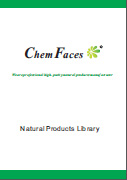| In vitro: |
| Nat Prod Res. 2012;26(18):1682-6. | | Activity-guided isolation of antioxidant xanthones from Swertia chirayita (Roxb.) H. Karsten (Gentianaceae).[Pubmed: 21985644] |
METHODS AND RESULTS:
An activity-guided isolation and purification process was used to identify the DPPH (l,l-diphenyl-2-picrylhydrazyl) radical-scavenging components of Swertia chirayita.
A dry, whole plant of S. chirayita was extracted with different solvents and tested for its DPPH radical-scavenging activity. The acetone : water (8 : 2) extract showed the highest total phenolic content (TPC) and DPPH radical-scavenging activity, which was column chromatographed to obtain decussatin, Swertianin, bellidifolin, isobellidifolin, amarogentin, swertianolin and mangiferin as active components.
Good correlation was observed between TPC and DPPH scavenging activity among the extracts.
CONCLUSIONS:
The unique structure of xanthones, including the catecholic moiety and the completely conjugated system, enables them to be promising antioxidants. | | Food Science & Human Wellness, 2015, 4(4):169-179. | | Antioxidants, anti-proliferative, anti-inflammatory, anti-diabetic and anti-microbial effects of isolated compounds from Swertia corymbosa (Grieb.) Wight ex C.B. Clark – An in vitro approach[Reference: WebLink] |
The present study, antioxidant, enzyme inhibitory, anti-inflammatory and antimicrobial activity of isolated compounds such as Decussatin (1), Gentiacaulein (2), Swertianin (3), 1,8-dihydroxy-2,6-dimethoxy xanthone (methylSwertianin) (4) 8-hydroxy-1,2,4,6-tetramethoxyxanthone (5) and 1,2-dihydroxy-6-methoxyxanthone-8-O-β-d-xylopyranosyl (6) were investigated using an in vitro model.
METHODS AND RESULTS:
Results of antioxidant studies revealed that the compound 6 possessed an efficient 2,2-diphenyl-1-picryl-hydrazyl (DPPH) (IC50 07.19±4.56μmol/mL), 2,2-azinobis (3-ethylbenzothiozoline-6-sulfonic acid) (ABTS+) (42.62±0.25mmol/L TE/g), superoxide (57.89±3.45μmol/mL), nitric oxide (18.45±1.23μmol/mL) and hydroxyl (12.13±2.76μmol/mL) radical scavenging activities, ferric reducing antioxidant power (14.76±0.10molar Fe (II)/g), metal chelating (213.85±27.18mg EDTA/g) ability. Compounds 6 and 3 exhibited significant anti-proliferative activity. Compound 6 displayed strongest antibacterial activity against Streptococcus pneumoniae and Escherichia coli with MIC value of 3.90μg/mL and 21.21±0.25 and 20.27±0.11mm zone of inhibition at 25μg/mL concentration respectively. In the membrane stabilization and protein denaturation test 3 was the most potent with an IC50 value of 12.57, 18.75μM/mL respectively. |
|
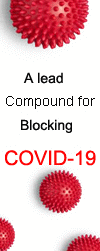
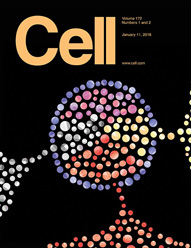 Cell. 2018 Jan 11;172(1-2):249-261.e12. doi: 10.1016/j.cell.2017.12.019.IF=36.216(2019)
Cell. 2018 Jan 11;172(1-2):249-261.e12. doi: 10.1016/j.cell.2017.12.019.IF=36.216(2019)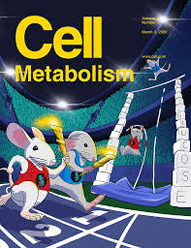 Cell Metab. 2020 Mar 3;31(3):534-548.e5. doi: 10.1016/j.cmet.2020.01.002.IF=22.415(2019)
Cell Metab. 2020 Mar 3;31(3):534-548.e5. doi: 10.1016/j.cmet.2020.01.002.IF=22.415(2019)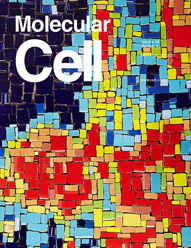 Mol Cell. 2017 Nov 16;68(4):673-685.e6. doi: 10.1016/j.molcel.2017.10.022.IF=14.548(2019)
Mol Cell. 2017 Nov 16;68(4):673-685.e6. doi: 10.1016/j.molcel.2017.10.022.IF=14.548(2019)